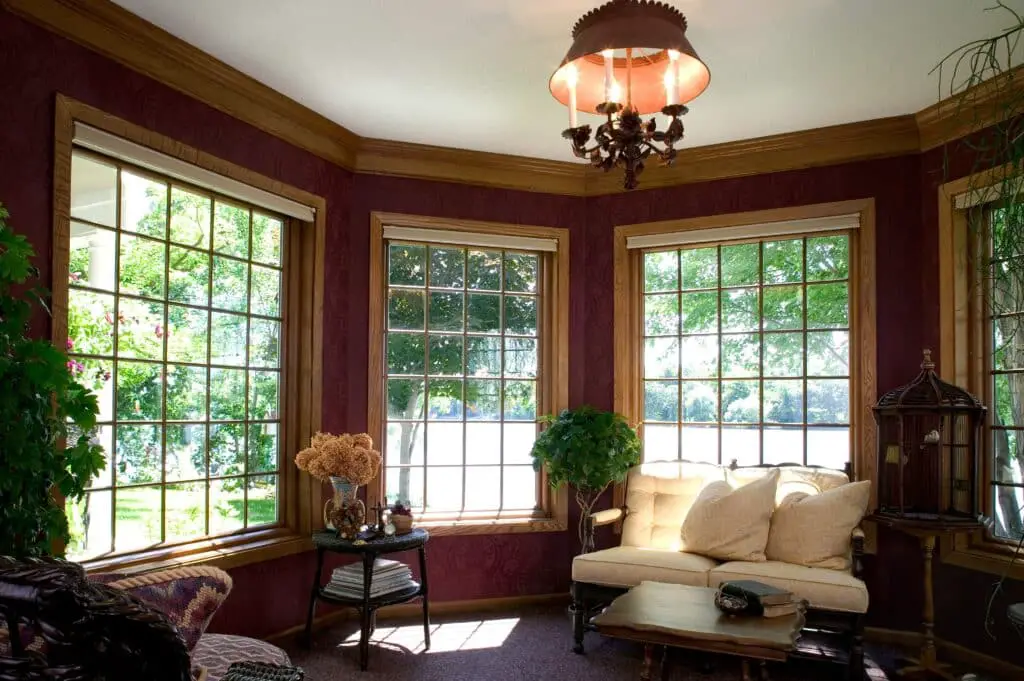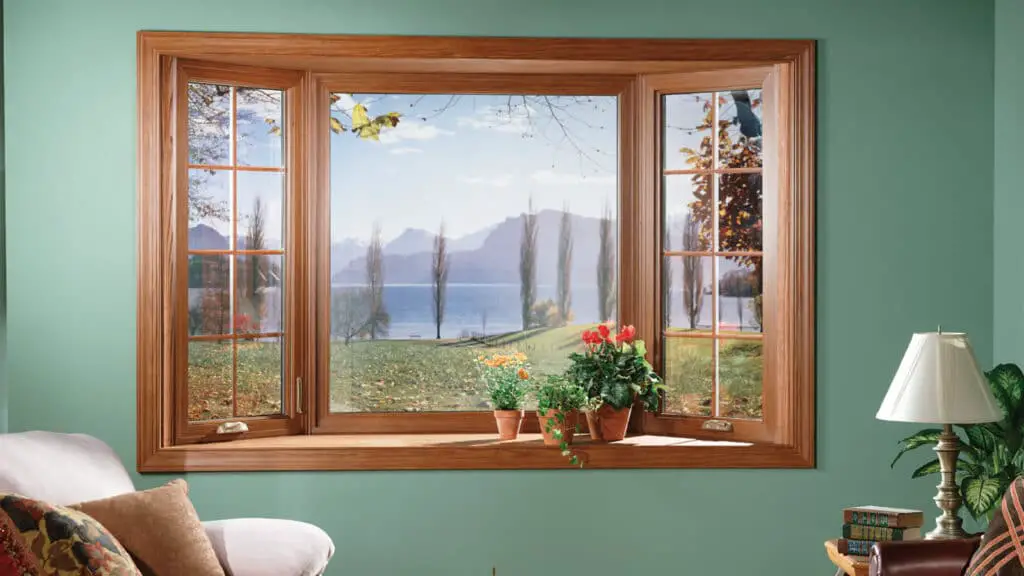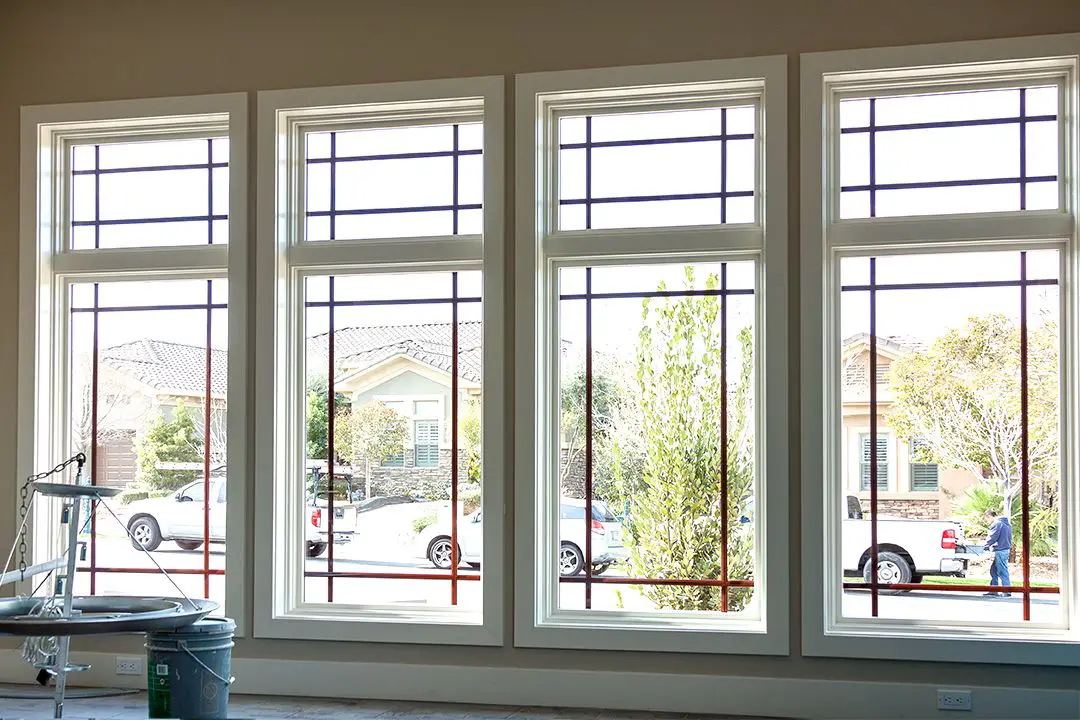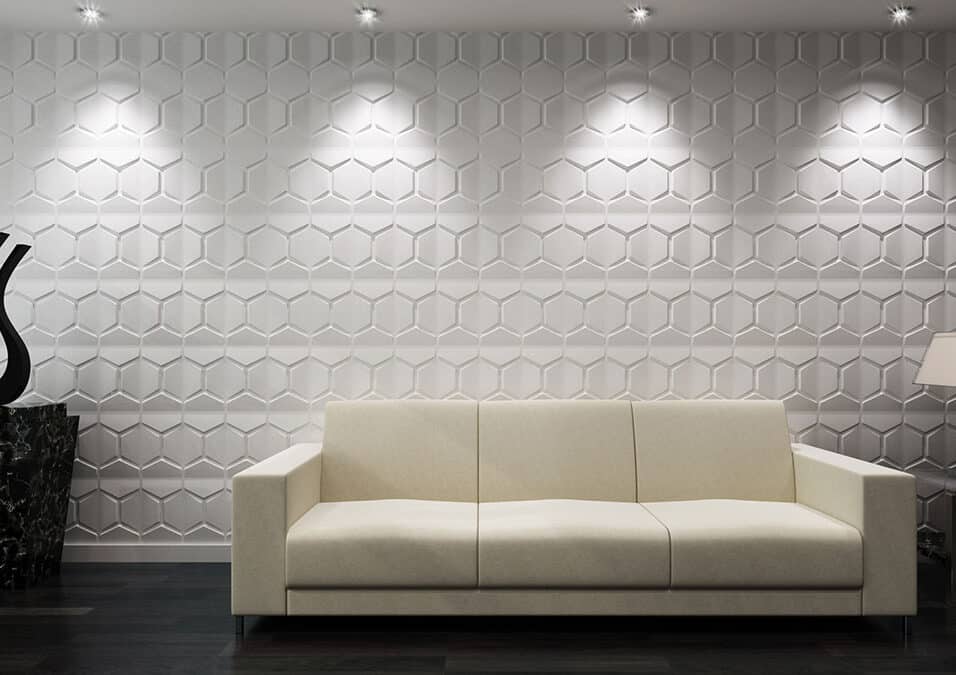What Type Of Paint For Interior Window Frames
Introduction
What Type Of Paint For Interior Window Frames: The type of paint you select not only affects the visual appeal but also impacts the durability, maintenance, and even indoor air quality. In this introduction, we’ll explore the various options available for painting interior window frames, taking into consideration factors such as materials, finishes, and color schemes, helping you make an informed choice that aligns perfectly with your interior design aspirations. Whether you’re aiming for a classic, timeless look or a modern, vibrant atmosphere, the paint you choose can truly transform your windows from mere openings to stunning focal points within your living spaces.
Interior window frames are exposed to various environmental factors, from sunlight to temperature changes. Therefore, it’s important to choose paints that are not only aesthetically pleasing but also durable enough to withstand these conditions and remain vibrant for years to come. In this exploration of interior window frame paint, we’ll guide you through the types of paint suitable for different frame materials, discuss the pros and cons of various finishes, delve into the psychology of color selection, and provide valuable tips to ensure your painted window frames stand the test of time. So, whether you’re embarking on a full room makeover or simply seeking to refresh the ambiance, the right choice of paint for your interior window frames can truly be the brushstroke that transforms your living space into a work of art.

What is the best paint for inside window frames?
Choose the best paint for interior window frames
Intelligent Eggshell and Intelligent Satinwood are our most popular paint choices for interior woodwork. They both have a very smart, low-sheen finish that looks subtle and elegant when paired with Intelligent Matt Emulsion or Absolute Matt Emulsion on walls.
Water-Based Latex Paint: Water-based latex paint is a popular choice for interior window frames, especially for wooden frames. It dries quickly, has low levels of toxic fumes, and is easy to clean up with water. Latex paints come in a variety of finishes, from matte to high-gloss, allowing you to achieve the desired look for your space. They also offer good color retention over time and can resist yellowing.
Oil-Based Paint: Oil-based paints are known for their durability and smooth finish, making them suitable for both wood and metal window frames. They provide a hard, protective coat that can withstand wear and tear. However, oil-based paints have a stronger odor, longer drying time, and require mineral spirits for cleanup, so proper ventilation is important when using them.
Acrylic Enamel Paint: Acrylic enamel paints offer a balance between water-based and oil-based options. They provide a durable finish, are water-resistant, and have a relatively quicker drying time than traditional oil-based paints. Acrylic enamels adhere well to various materials, including wood, metal, and vinyl, making them a versatile choice for window frames.
Hybrid Paints: Hybrid paints, also known as waterborne alkyd paints, combine the durability of oil-based paints with the ease of water-based paints. They offer a smooth finish, excellent adhesion, and quick drying times. Hybrid paints are suitable for a range of window frame materials and can be a good compromise if you want the benefits of both oil-based and water-based paints.
Can you paint indoor window frames?
Yes! You can paint metal or wood window frames. If you have wood or metal window frames, the instructions on how to paint your window frames are pretty similar. The only difference could be the type of primer you use.
Benefits of Painting Indoor Window Frames
Enhanced Aesthetics: Painted window frames can instantly update the appearance of your room, providing a clean and polished look that complements your interior décor.
Personalization: Painting window frames allows you to personalize your living space and express your unique style. You can choose colors that reflect your personality and match the ambiance you want to create.
Coordination: Coordinating the color of your window frames with other elements in the room, such as walls, furniture, or décor, can create a harmonious and cohesive design.
Highlighting Features: Bold or contrasting colors can draw attention to your windows, turning them into focal points that add character to your space.
Camouflaging Imperfections: If your window frames have minor imperfections or wear, a fresh coat of paint can help camouflage these flaws and provide a smoother appearance.
Can I use normal paint on windows?
Two kinds of paint that will work great for windows are tempera and acrylic. Tempera is a great option for window painting. It’s usually long-lasting and is easy to remove with water.
Factors to Consider When Using Normal Paint on Windows
Window Frame Material: The type of material your windows are made of plays a significant role in determining whether normal paint is suitable. Wood, metal, vinyl, and composite materials each have different characteristics that can affect paint adhesion and longevity.
Surface Preparation: Proper preparation is crucial for successful paint adhesion. Make sure the window frames are clean, dry, and free of dust, grease, and any loose paint or varnish. Sanding the surface can help create a better texture for paint to grip onto.
Priming: For the best results, especially with wood or metal frames, it’s recommended to use a primer before applying the paint. Primer helps the paint adhere better, prevents staining or discoloration, and ensures a smoother finish.
Paint Type: When using normal paint, opt for a high-quality paint that is appropriate for the surface and the conditions the windows will face. Water-based latex paints are often a good choice for indoor window frames due to their low odor and easy cleanup.
Can I use acrylic paint on window frames?
Acrylic is highly versatile and works for almost any project, including glass, windows, and even stained glass. You can paint acrylics on glass, but it won’t be as easy as canvas painting. Unfortunately, acrylic paints will stick to glass only if you’re using a special medium and prime your glass surface properly.
Considerations for Using Acrylic Paint on Window Frames
Surface Preparation: Properly preparing the window frames is crucial for paint adhesion. Clean the frames thoroughly, sand any rough areas, and ensure the surface is dry before applying paint.
Priming: While acrylic paint generally adheres well, using a primer can improve adhesion, especially for surfaces that may be less porous.
Interior vs. Exterior Use: Acrylic paints are better suited for indoor applications or areas that are not exposed to harsh weather conditions. If you intend to paint exterior window frames, consider using an exterior-grade paint for better durability.
Finishes: Acrylic paints offer a variety of finishes, including matte, satin, and gloss. Choose a finish that aligns with your aesthetic preferences and the overall look of the room.
How do I choose a paint for my windows?
‘When choosing a finish for your windows & doors, start by considering the surrounding palette of materials you’re working with,’ explains Billy. ‘Is the house built from stock bricks, stucco plaster, stone, or timber? A contemporary approach is to match the color and paint finish of the windows to that of the wall.
Select the Finish
Choose a finish that aligns with your design preferences and practical needs. Options include matte, eggshell, satin, semi-gloss, and high-gloss finishes. Consider factors like ease of maintenance and the look you want to achieve.
Consider the Color
Select a color that complements your interior design scheme. Consider the room’s color palette and the mood you want to create. Remember that lighter colors may reflect more light and heat, while darker colors can absorb heat.
Assess Longevity and Maintenance
Think about the wear and tear your windows might face. If the windows are frequently opened, opt for a durable paint that can withstand friction. Consider how often you’re willing to perform touch-ups or repaint in the future.
Test a Sample
Before committing to painting all your windows, test the chosen paint on a small, inconspicuous area to ensure you’re satisfied with the color and finish.
Proper Preparation
Thoroughly clean and prepare the window frames before painting. Sand any rough spots and ensure the surface is clean and dry for optimal paint adhesion.
Can I paint PVC window frames?
A common question people our experts is “can I paint my uPVC window or door?” The simple answer is, yes! You just need the right paint for the job. We sell a few multi-surface paints, such as Bedec MSP, a beautifully versatile paint that can be applied to pretty much anything.
Clean the Frames: Start by cleaning the PVC window frames to remove dirt, dust, and grease. Use a mild detergent and water solution, then rinse and allow them to dry completely.
Surface Preparation: Lightly sand the surface of the PVC frames with fine-grit sandpaper. This creates a slightly textured surface that helps the primer and paint adhere better. After sanding, wipe down the frames with a tack cloth to remove any sanding dust.
Apply Primer: Use a primer specifically designed for PVC surfaces. Apply the primer according to the manufacturer’s instructions. Priming helps the paint adhere properly and provides a stable base for the paint.
Choose Paint: Select a high-quality acrylic latex paint suitable for exterior use. Opt for a color that complements your exterior design.
Is A acrylic paint waterproof?
No acrylic paint is completely waterproof. You can make the paint more water resistant by using a primed surface. Also choosing an appropriate brand of paint. It’s also important to varnish the surface after the paint dries.
Water Resistance of Acrylic Paint
Acrylic paint consists of pigments suspended in an acrylic polymer emulsion. When acrylic paint dries, the water in the emulsion evaporates, leaving behind a layer of pigment that adheres to the surface. This layer creates a certain level of water resistance, making acrylic paint less likely to dissolve or wash away with water once it’s dry.
Factors Influencing Water Resistance
Surface Porosity: Acrylic paint tends to adhere better to porous surfaces, which can enhance its water resistance. Non-porous surfaces like glass or plastic might not provide the same level of adhesion and resistance.
Quality of Paint: The quality of acrylic paint varies, and higher-quality paints often have better pigments and binders, contributing to improved water resistance.
Thinning: If you thin acrylic paint significantly with water, it can reduce its water resistance, as excessive water might compromise the integrity of the paint film.
Multiple Coats: Applying multiple coats of acrylic paint can create a thicker layer, increasing water resistance.
Will acrylic paint come off windows?
Glass is nonporous, so acrylic paint only sits on the surface rather than soaking in, making it relatively easy to remove paint from glass. Sometimes, it is as simple as scraping off the paint or wiping it away.
Water Resistance of Acrylic Paint
Acrylic paint consists of pigments suspended in an acrylic polymer emulsion. When acrylic paint dries, the water in the emulsion evaporates, leaving behind a layer of pigment that adheres to the surface. This layer creates a certain level of water resistance, making acrylic paint less likely to dissolve or wash away with water once it’s dry.
Factors Influencing Water Resistance
Surface Porosity: Acrylic paint tends to adhere better to porous surfaces, which can enhance its water resistance. Non-porous surfaces like glass or plastic might not provide the same level of adhesion and resistance.
Quality of Paint: The quality of acrylic paint varies, and higher-quality paints often have better pigments and binders, contributing to improved water resistance.
Thinning: If you thin acrylic paint significantly with water, it can reduce its water resistance, as excessive water might compromise the integrity of the paint film.
Multiple Coats: Applying multiple coats of acrylic paint can create a thicker layer, increasing water resistance.

Conclusion
Selecting the right paint type involves a thoughtful consideration of factors such as the material of the window frames, the desired finish, the room’s color palette, and the practical demands of your living environment. Wood, metal, and vinyl window frames each have their own unique requirements, and choosing the appropriate primer and paint can ensure both an aesthetic appeal and protection against wear and tear. The finish you opt for brings texture and visual interest to the frames.
The color you choose, too, holds immense power in dictating the room’s mood and tone. It can either blend harmoniously with the surroundings or create a captivating focal point. Balancing aesthetics with practicality is vital. Interior window frames face daily exposure to sunlight, temperature changes, and potential wear. Thus, opting for paints that offer durability, easy maintenance, and resistance to fading becomes crucial for ensuring the longevity of your design vision. In your quest to transform your living space, remember that the type of paint you choose for your interior window frames is an artistic decision.
The paint you select for your interior window frames is the intricate thread that weaves together the entire composition. It’s the final stroke that brings unity to your design scheme, enhancing the overall aesthetics and leaving an indelible impression on anyone who enters the room. As you embark on this journey of paint selection, remember that it’s not just a matter of aesthetics, but a thoughtful expression of your personality and vision. Your choice of paint can speak volumes about your style preferences – whether you’re drawn to the timeless allure of neutrals, the boldness of vibrant hues, or the soothing embrace of pastels.








